Digital editing is a necessary process in photojournalism. However, post-production rules are clearly defined and must not be violated.
At first glance, this photo of the US presidential helicopter taking off appears successful.
But when we zoom in a little, we notice several black dots. This is dirt on the digital sensor of the camera.
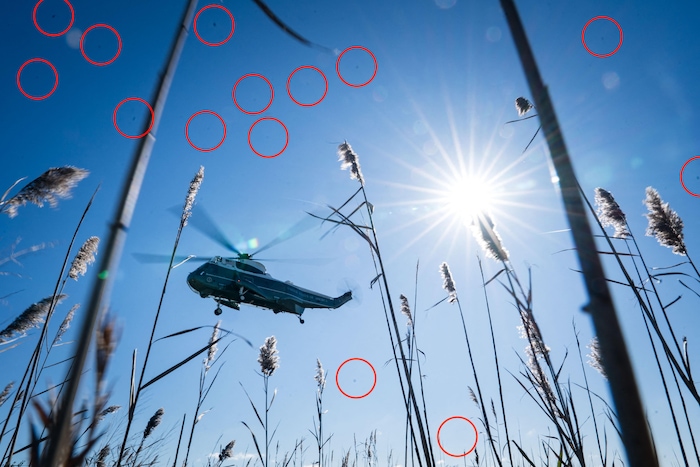
Dirt shown in red can be cleaned in post-production.
Photograph: Getty Images/AFP/Kent Nishimura
disaster! What to do? rest assured Using image processing software, this unwanted dust can be removed in just minutes.
Is this allowed? Yes, the exception is what proves the rule. To clean
Taking a photo of its blemishes is a normal practice in photography. This is a fairly common artistic problem that does not alter the meaning or spirit of the image.

Dirt on the sensor is a common technical problem. It has been refined, and it is an accepted process.
Photograph: Getty Images/AFP/Kent Nishimura
Looking at the photo again, you notice that the sun’s reflections in the photo are distracting.
Do you tend to retouch them? bad idea. Sun reflections in the lens are an integral part of the image and should not be removed.
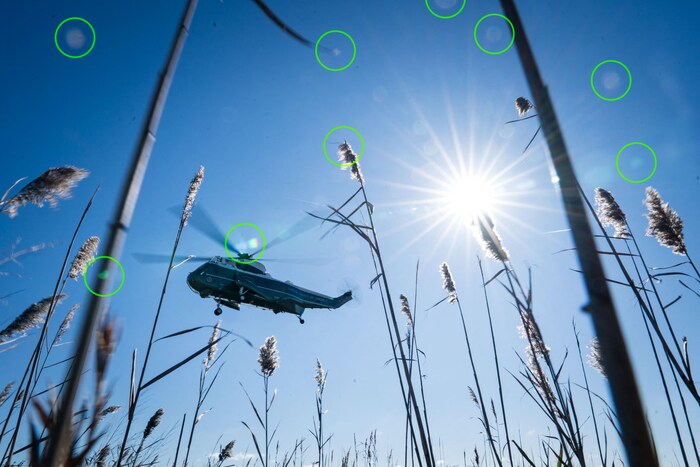
Highlights shown in green cannot be erased.
Photograph: Getty Images/AFP/Kent Nishimura
The nuance is important. If you let me remove the reflection, why shouldn’t I remove an unwanted bird or a cat branch?
The golden rule: do not modify reality
Getting a technically perfect image when shooting is very rare. You’ll need to complete a few steps with image processing software to get a successful image.
In May 2021, I produced a portrait of Jean-Pierre Verland during an interview with Patrice Roy for the news. I chose this image to illustrate my points.
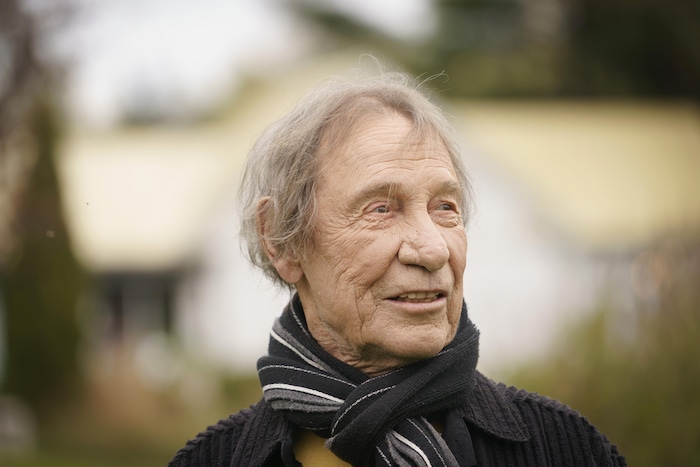
Image by Jean-Pierre Verland with standard digital manipulation of density and color.
Photo: Radio-Canada/Ivanoh Demers
The following are the basic modifications allowed:
- Gloss : Is the image too bright? Very dark? no problem. This is the basic technical modification.
- Contrast : Increased contrast is allowed, but in moderation. Too high contrast will make the image more dramatic, which may change the meaning of the event.
- Colors :Is your target’s face too rosy? Does overhead light make your subject appear green? You can make modifications.
- Shading effect : This influence is tolerated but in a very subtle way. Shading darkens the four corners of the image, directing the eye toward the center, on the subject.
The photographer’s task is to reproduce the scene as faithfully as possible as it seemed to him during shooting.
Making excessive adjustments distorts reality. The effect may be interesting, but it conflicts with the mission of the photojournalist.
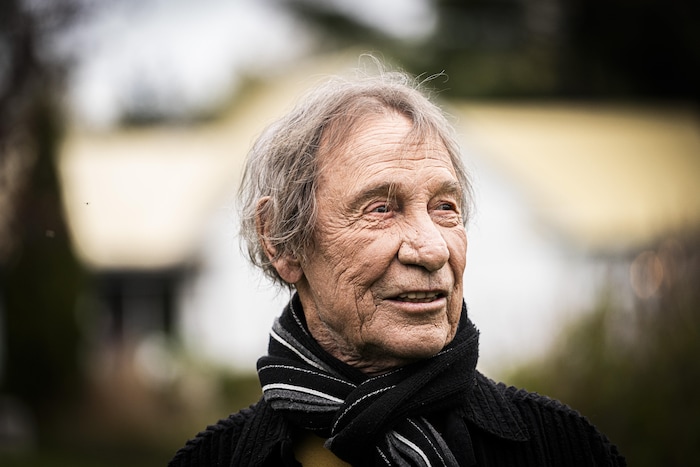
Very high contrast and shading will make the image more dramatic. Facial features are exaggerated and do not correspond to reality.
Photo: Radio-Canada/Ivanoh Demers
Rapidly evolving perception
The arrival of multiple photo software on phones and the popularity of edited photos on social networks has changed public perception.
Our outlook develops and gets used to seeing modified, enhanced and embellished images. This development happens quickly, even too quickly for my taste.
The result: public distrust regarding the authenticity of the images has increased dramatically.
That is why we must not deviate from our journalistic standards. Image accuracy is crucial.
When a professional photojournalist puts his name at the bottom of a photo, he is confirming that he has faithfully documented reality. It puts his reputation and credibility at risk.
I just noticed there’s a little mosquito wandering around our favorite singer…
Can I take it off? I’ll let you guess.
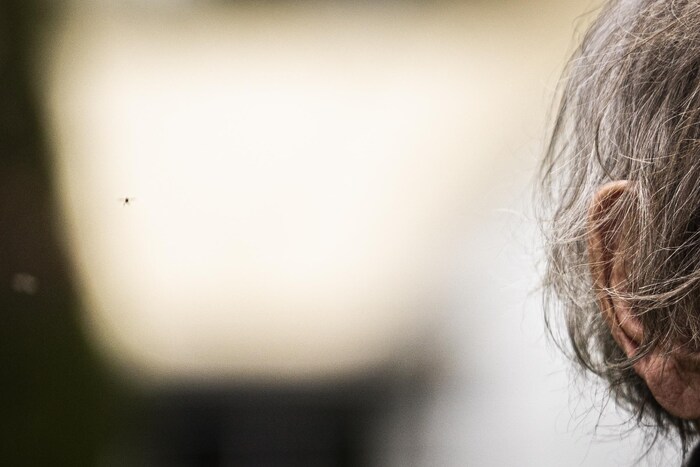
It wouldn’t be ethical to remove the mosquito, that little black dot on the left side of the picture.
Photo: Radio-Canada/Ivanoh Demers
My wink of the week
In conclusion, here’s a Photoshop wink…
I recently photographed the Mayor of Montreal, Valery Plante, with the Interim Director of the Metropolitan Police of Montreal (SPVM), Martin Prudhomme.

The arrival of Montreal Mayor Valery Plante and SPVM interim director Martin Prudhomme.
Photo: Radio-Canada/Ivanoh Demers
But that white paper on the wall with the red lines… what an unnecessary visual distraction… I’m taking it down!
Well, this time I did it to demonstrate. But usually I have to say to myself: No, Ivanoh, you can’t, you have to respect the standards!

Inappropriately edited photo of Montreal Mayor Valérie Plante and SPVM interim director Martin Prudhomme.
Photo: Radio-Canada/Ivanoh Demers

“Amateur entrepreneur. Professional internet expert. Zombie maven. Incurable pop culture scholar.”






More Stories
You've spent your evenings watching “Criminal Minds,” if you can name these five characters
Charged with throwing a tarantula at a tenant
After The Walking Dead, Andrew Lincoln has landed a role in an “exciting” new series.